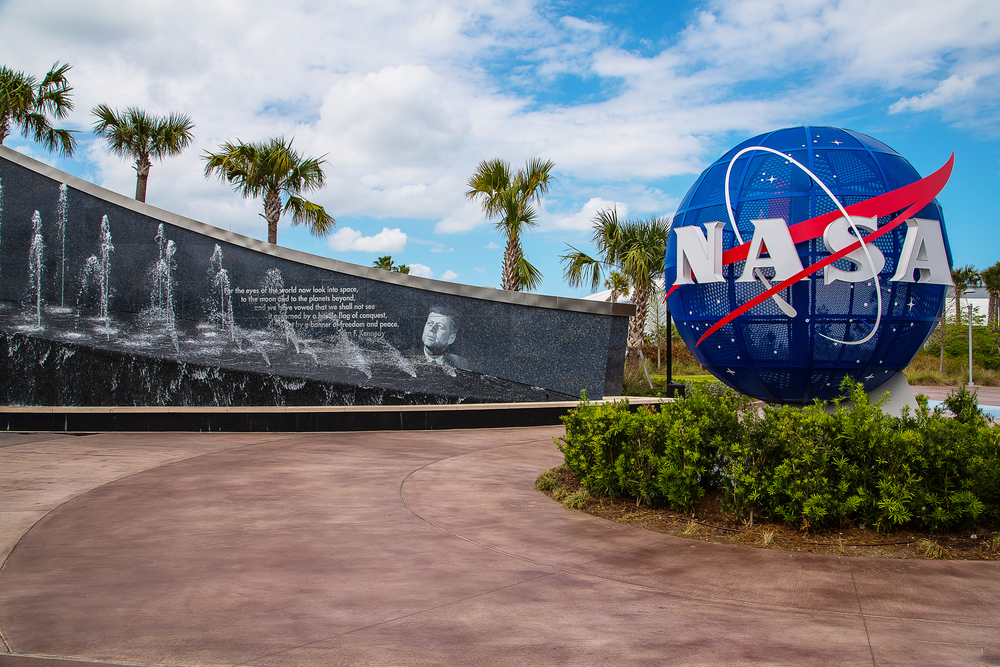NASA will send a drone to Saturn’s largest moon

Ingus Kruklitis / Shutterstock.com
NASA has plans to fly a drone helicopter to Saturn’s largest moon Titan. The space agency has announced on Thursday that for their next mission, they will be flying a drone helicopter to Titan in search of the building blocks of life.
The mission is termed as Dragonfly. It will launch in 2026 and will land in 2034. This mission will send a rotorcraft to fly to dozens of locations across the icy moon. The icy moon has a substantial atmosphere. It is viewed by scientists as an equivalent of very early-era Earth. It is the only celestial body besides our planet known to have liquid rivers, lakes and seas on its surface but the liquids contain hydrocarbons, not water.
NASA administrator Jim Bridenstine said that visiting that moon would create a revolution. A revolution about life in the universe. He also said that, “This cutting-edge mission would have been unthinkable even just a few years ago, but we’re now ready for Dragonfly’s amazing flight.” NASA has given details about the vehicle that will fly in outer space.
The vehicle will have eight motors and will fly like a large drone. NASA have released a statement giving details about the mission. They say that there will be a 2.7-year baseline mission in which Dragonfly will explore diverse environments from organic dunes to the floor of an impact crater where liquid water and complex organic materials key to life once existed together for possibly tens of thousands of years.
The instruments will study a variety of things about the moon. Titan is the second-largest moon of the solar system whose atmosphere is made mostly of nitrogen. Its atmosphere is four times denser than that of Earth’s. Titan is about 1.4 billion kilometers from the Sun, with surface temperatures of around -290 degrees Fahrenheit (-179 degrees Celsius) and surface pressure about 50 percent higher than Earth.










